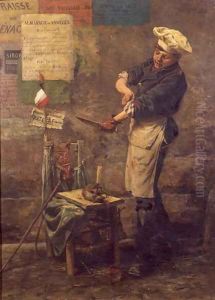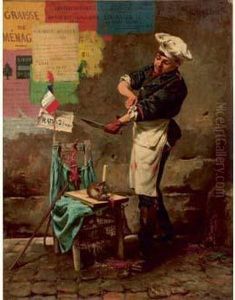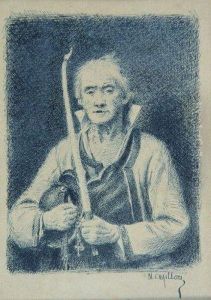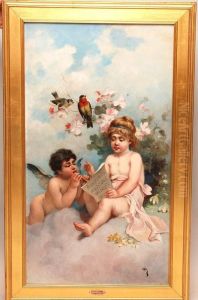Narcisse Chaillou Paintings
Narcisse Chaillou was a French painter and printmaker, born on May 30, 1835, in Nantes, France. He was an accomplished artist of the 19th century, known for his genre scenes, landscapes, and interiors that often portrayed the daily life of the French bourgeoisie and peasantry with a sensitivity and attention to detail that was characteristic of the period's artistic movements.
Chaillou's artistic journey began with his education in Nantes, where he initially trained. He later moved to Paris, where he continued his studies under the guidance of established artists of the time. His work reflects the influence of the Barbizon School, which emphasized naturalism and the painting of rural landscapes, as well as elements of Realism, a movement that sought to depict subjects truthfully without artificiality or artistic conventions.
Throughout his career, Chaillou exhibited his works in various salons and received recognition for his contributions to French art. His paintings were often characterized by a warm palette and a mastery of light and shadow, which brought his scenes to life. Chaillou was particularly adept at capturing the nuances of everyday life, which made his work relatable and popular among a wide audience.
Narcisse Chaillou's work is now part of several collections in museums and galleries, offering a glimpse into the social fabric and environment of France during his lifetime. His legacy is that of a skilled painter who contributed to the rich tapestry of French art in the 19th century.
Chaillou passed away on April 1, 1910, in Paris. Despite not being as widely known as some of his contemporaries, his work remains appreciated by art historians and collectors for its charm and historical value, providing insight into the lifestyle and aesthetics of his era.



